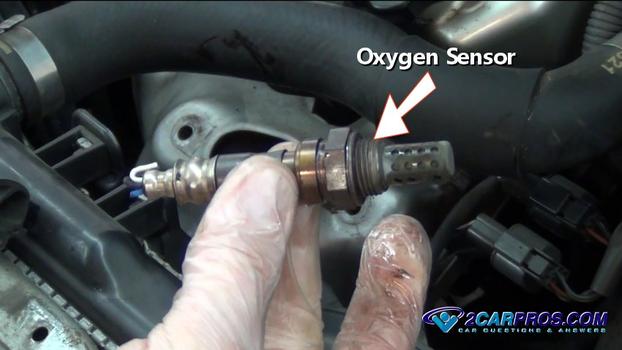Car Cranks But Won't Start
No Start Engine
Engine Cranks But Will Not start
Helpful Information
For an engine to run three things must occur inside the engine, compression, fuel and ignition at the right time, without any one of these components the engine will not run. Engine compression is caused by crankshaft rotation and pistons moving up and down inside the engine block. If the timing belt or timing chain fails it will cause the camshaft to become out of correlation with the crankshaft or allow the camshaft to stop rotating. Either of these conditions will cause the engine to lose compression and cause internal engine damage. Proper maintenance such as engine tune ups are needed to stem engine no start conditions.
Tools and Supplies Needed
- Flashlight
- Test light
- Screwdriver set
- Code scanner tool
- Fuel pressure gauge
- Protective eyewear and gloves
- Check the easiest systems first.
- Observe engine cranking patterns to detect possible malfunctions.
- Use quality replacement parts to ensure proper operation without premature failure.
Easy step by step guide on how to repair an automotive engine that will crank over, but not start. These steps are presented in the order of popularity, this article pertains to most vehicles.
Difficulty Scale: 4 of 10
Begin with the vehicle on level ground in park, with the emergency brake set, using a basic set of tools while wearing safety glasses and gloves.

Automotive Engine
Step 1 - A fuel pump operation failure will cause the engine to not start due to the in-adequate amount of fuel volume and pressure while cranking. Learn more

Failed Fuel Pump
Step 2 - When a crankshaft angle sensor shorts out it will cause the engine not to start, this sensor is used to give feedback information to the engine computer (PCM), this sensor failure is not always picked up by the computer. Learn more

Removing Failed Crankshaft Sensor CAS or CKS
Step 3 - Inspect and test fuses to ensue proper operation, replace any shorted fuses. The power distribution center of a vehicle houses fuses which protect electrical circuits, including engine management components. Learn more

Checking Fuses
Step 4 - Abnormal engine noises could inhibit the engine from running, such as a broken timing belt or chain, piston connecting rod failure. Once the ignition key is in the "crank" position and the starter is operating, observe the cranking rhythm and sound of the engine. If this process is not typical of normal cranking, internal engine damage could have occurred. Learn more

Timing Belt
Step 5 - If injector pulse fails, the engine will not start. Monitoring the fuel injector pulse can help narrow down the problem. Learn more

Monitoring Fuel Injection System
Step 6 - If a main system relay or ignition switch fails the engine will not start, the computer system uses a steady supply of voltage to operate, failures such as an ignition switch will cause the engine to not start. Learn more

Test Computer System Relay
Step 7 - If the ignition system is not operational the engine will not run, use a test light to check basic ignition system voltage output. The ignition system of an automotive engine is used to ignite the fuel/air mixture inside the combustion chamber. Learn more

Testing Ignition System
Step 8 - If the condition of the spark plugs are fouled by excessive fuel or carbon the engine may not start, remove all spark plugs to inspect for a black soot which means the plugs have shorted. Spark plugs are used to ignite the compressed fuel air mixture inside the engine's cylinders. Learn more

Fouled Spark Plug
Step 9 - Remove any spark plug and perform a compression test on one or more cylinders to determine the internal engine malfunction. An engine needs cylinder compression to run properly. Learn more

Cylinder Compression Test
Step 10 - When a feedback sensor short circuits it can cause the computer to be locked causing the engine not to start, sensors most prone to failure deal with extreme heat like an oxygen or coolant sensor. There are a variety of sensors that provide feedback data for the engine management computer PCM (powertrain control module). Learn more

Failed Oxygen Sensor
Step 11 - When the main computer fails, it will cause the engine to not start. The main computer system or PCM (Powertrain control module) controls fuel, ignition, transmission and emission systems. (Note: When replacing a computer re-programming is necessary before reinstallation.) Learn more

Computer - Powertrain Control Module (PCM)

Automotive Engine

Failed Fuel Pump

Removing Failed Crankshaft Sensor CAS or CKS

Checking Fuses

Timing Belt

Monitoring Fuel Injection System

Test Computer System Relay

Testing Ignition System

Fouled Spark Plug

Cylinder Compression Test

Failed Oxygen Sensor

Computer - Powertrain Control Module (PCM)
Comments
Post a Comment